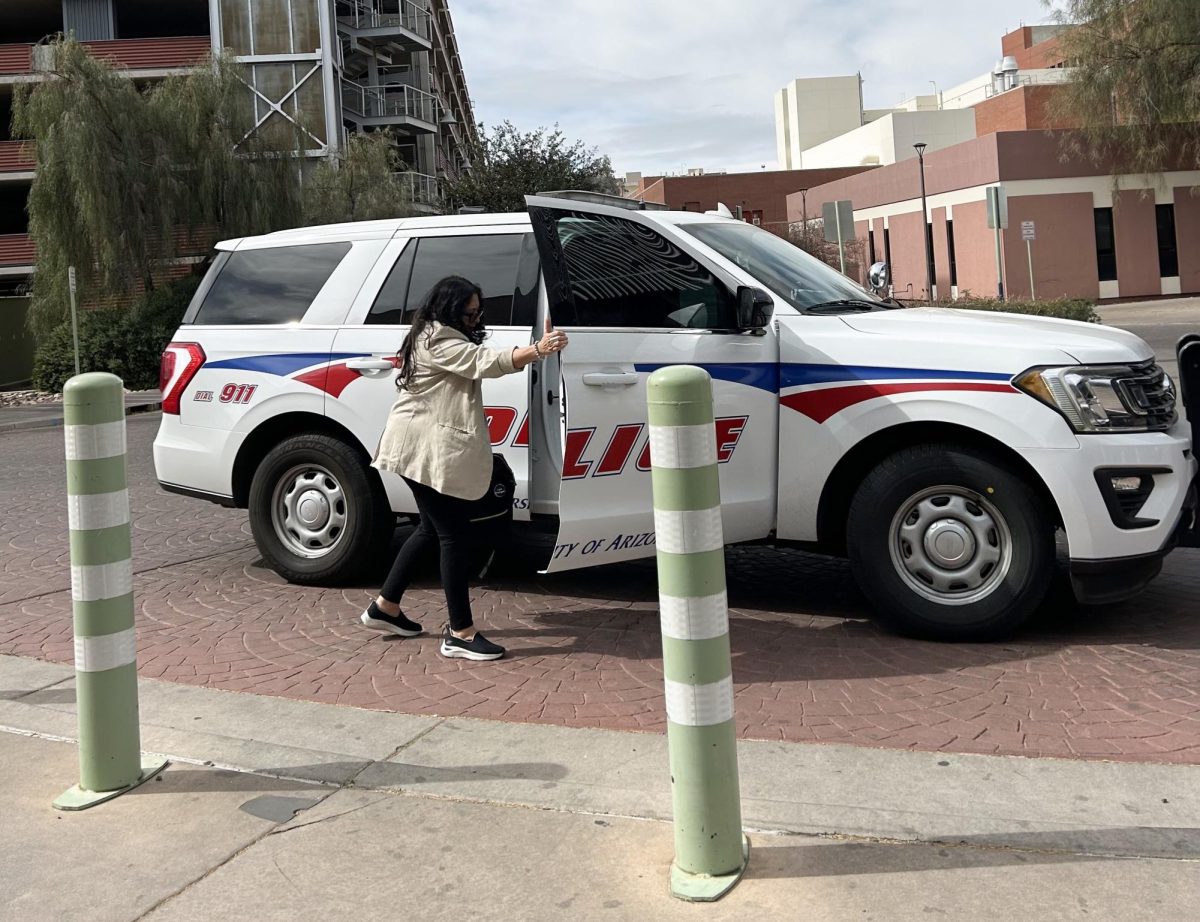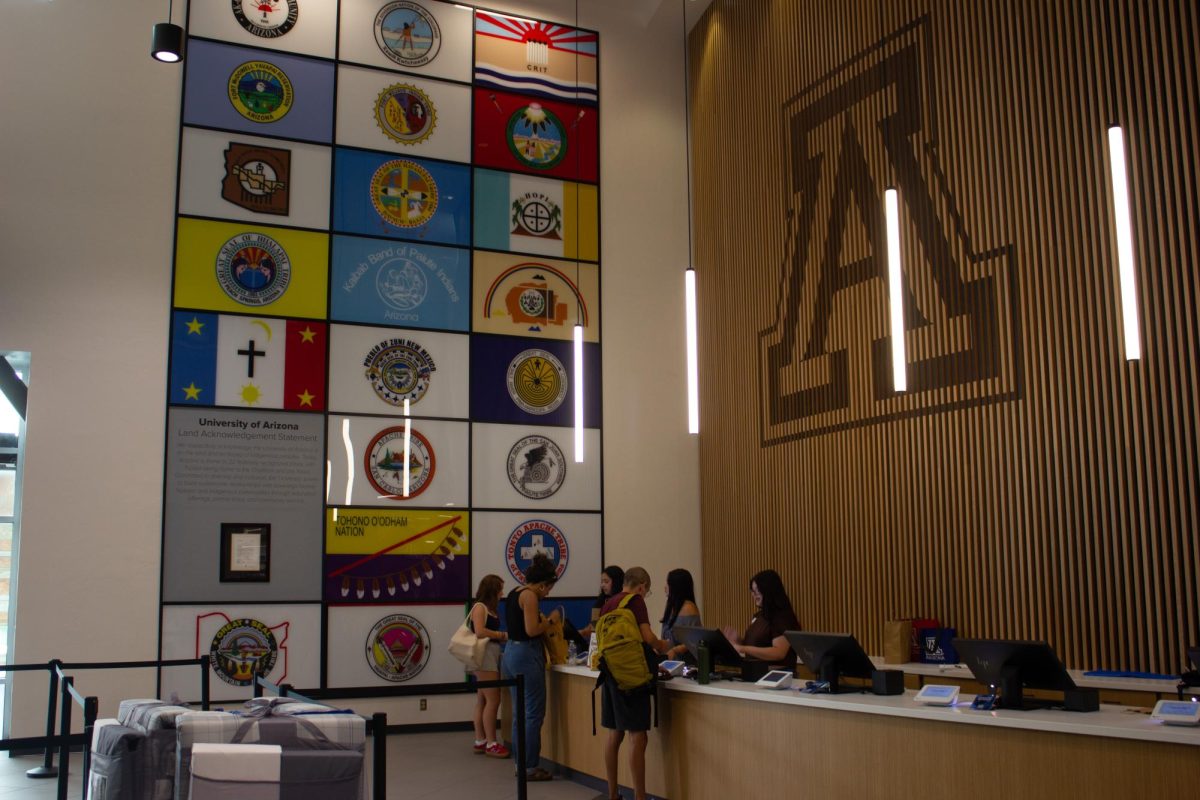Although the UA is home of the Wildcats, lack of awareness may be posing a deadly threat to wild cats in Southern Arizona.
Lisa Haynes, coordinator for the UA Wild Cat Research and Conservation Center, gave a lecture to raise awareness Thursday evening, about threats mountain lions, bobcats, ocelots and jaguars face in the Tucson Mountains.
The lecture, “Wildcats in the Desert,” was the beginning of a four week exhibition from the UA Museum of Art. The exhibition is the UA’s contribution to a new Desert Initiative — a multi-state collaboration spreading across California, Nevada, Arizona, New Mexico and Texas.
The initiative, which started at Arizona State University, aims to celebrate the four deserts of the Southwest: the Mohave, the Sonoran, the Great Basin and the Chihuahuan said Lauren Rabb, curator for the UA Museum of Art.
As part of the initiative, the Museum of Art will be hosting four lectures, all desert-themed.
“It’s been very UA focused, this group of four things, we just had so many amazing researchers right here on campus who really didn’t have to go any further than our own backyard to find really interesting topics,” Rabb said.
For those who live in Southern Arizona, mountain lions and bobcats are common sights. The UA Wild Cat Research Conservation Center is dedicated to learning more about these animals. The center relies on funding solely from grants and donations to conduct their research.
Using infrared cameras placed in 120 sites throughout Southern Arizona and southwestern New Mexico, the center has captured 12,000 photos though the majority of them were of humans, according to Haynes.
However, the center did manage to capture 36 photos of mountain lions, some including kittens, showing that the cat is repopulating, Haynes said. The exact population of mountain lions is still unknown.
Although not all photos are of the cats, the cameras are still helping tremendously to capture various types of wildlife.
“We are getting thousands and thousands of photos of other wildlife,” Haynes said. “We’re probably going to have the most comprehensive data set of mammals throughout all of Southern Arizona and southwestern New Mexico.”
But wild cat repopulation doesn’t mean the cats aren’t in danger. Bobcats are commonly killed by cars when crossing roads, rat poisoning and from electrocution after running up telephone poles when being chased by dogs, Haynes said.
These animals help the ecosystem function properly. With the loss of apex carnivores, comes the overpopulation of prey, such as javelina and deer, Haynes said.
Haynes said she hopes to bring more research of the cats to the UA. A member of the audience asked about breeding grounds for the endangered cats to which Haynes responded saying, “I think the University of Arizona would be a perfect place.”
Mark Heitlinger, range manager for the Santa Rita Experimental Range, said he enjoyed the lecture. One of the photos from the UA wildlife center captured a jaguar in the Santa Rita Mountains, not too far from where Heitlinger lives.
“I’m really supportive of conservation of all the wildlife,” Heitlinger said, explaining that the effort was close to home.








